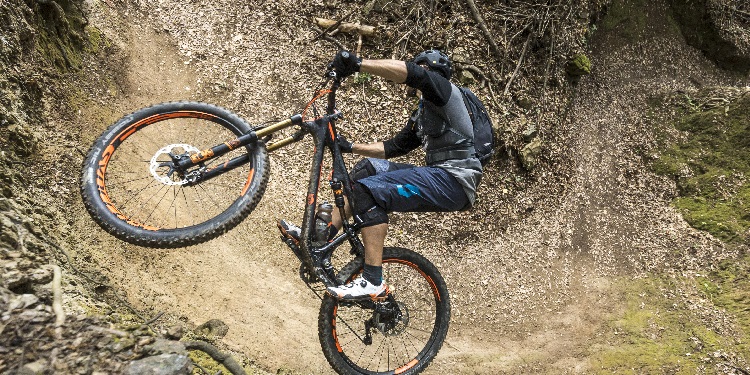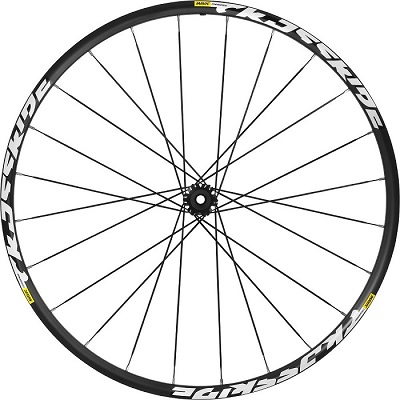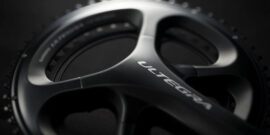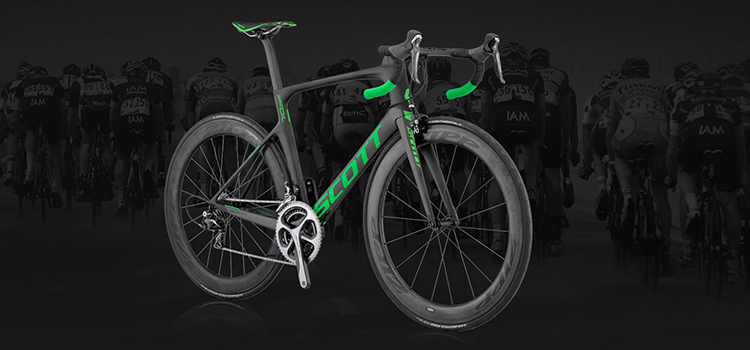Following on from our Road Bike guide, we’re going to be looking at probably the most important part of the bike, the wheels! Mountain bikes have a variety of sizes, and it can be quite a minefield to navigate for a beginner. You could be gearing up to tackle those woodland trails, yet haven’t even thought of the correct wheel size! There are so many decisions to make from the standard 27.5-inch wheels to the more extreme Fatbike wheels. Do you want a smooth ride or one that can accelerate and keep its speed whilst going downhill? Well look no further we’re here to help you find the right size and fit for your mountain bike.
26 Inch Wheels
One of the smaller wheels you can fit on a mountain bike, these used to be standard among the mountain scene before the larger 29inch became popular. These wheels are the lightest, offering great acceleration along the single track trails. At high speeds, the 26 inch doesn’t sacrifice on the control in taking a corner. You can rip through the woods, dodging and diving between trees and really cut those seconds of your time. Though they are still knocking about, the 26-inch wheel has been replaced more often than not by the 27.5 inch.
Our pick: The Mavic Crossride Wheelset – our only wheelset that still provides for the 26-inch wheels. Now with a wider and lighter rim, that really generates speed downhill.
27.5 Inch Wheels (650b)
The 27.5 inch, is the product of marrying the 26 inch and the 29er. It’s a great combination of both, offering lighter weight than the 29er, and handles like a 26 inch. It’s the perfect wheel for your mountain bike, so much so that it has now pretty much replaced the 26 inch as the standard for MTB. Don’t get confused by the 650b, that is a common name for the 27.5 inch with the 650 being the diameter of the wheel itself, and the letter b – the width (the name originates from the French way of sizing wheels).
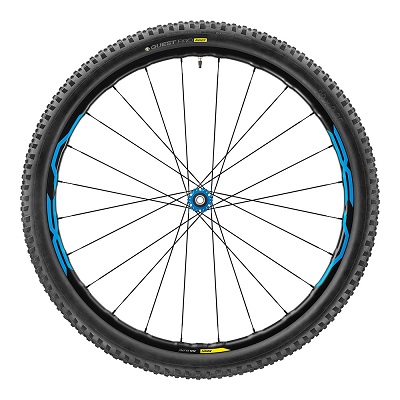 Our pick: The Mavic XA Elite Wheelset – Strong, light and it doesn’t compromise on strength. Tubeless ready for better traction, comfort and reduced risk of those pesky flats.
Our pick: The Mavic XA Elite Wheelset – Strong, light and it doesn’t compromise on strength. Tubeless ready for better traction, comfort and reduced risk of those pesky flats.
29 Inch Wheels
The biggest size wheel we have, the 29er is the wheel size that stole the throne from the 26 inch. Giving a larger surface area, allowing for improved traction whilst on those trails. The 29er is one of the best wheels for giving a smooth ride, rolling over the bumpy ground like it was a rolling pin. The 29ers carry their speed well and giving you such good stability you may not have found in other bikes or wheel sizes.
Our pick: The Mavic Crossmax Elite Wheelset – A perfect mid-range wheelset, that has all the benefits of a strong, light wheel. This is perfect for upgrading your bike from your stock 29″ wheels.
27.5/29 Inch Plus
These are quite new on the scene, fitting mostly on 26-inch wheels (with quite wide rims). These tyres offer a completely different riding experience, without really compromising on performance. With the Boost standard (this refers to the front hubs, which are 10mm wider than standard and the rear hubs are 6mm wider), this allows for stiffer wheels which equal increased handling and with the plus tyres, you don’t lose out on the grip. The plus tyres’ cushioning is top notch, giving you a smoother ride.

Fatbike Tyres
Now if you want massive tyres, that relentlessly tackle any terrain thrown at it then you should consider a fat bike. These bikes were originally invented and used for crawling over snowy forests and sandy dunes. Yet they have found their way to normal trails, and offer such a different experience from other mountain bikes. The bigger tyres and the low pressure within them, are all the suspension you need, but that doesn’t stop the bikes themselves having front fork suspension. Fatbike tyres look like they’d be heavy and hard to roll, when really the low psi (some people go as low as 15 or 12 psi, whereas most MTB riders using 650bs are running on 25 psi) feels like you’re riding on a balloon. Probably the only downside is they are much heavier than your standard mountain bike, but then again it always comes down to the rider’s preference.

